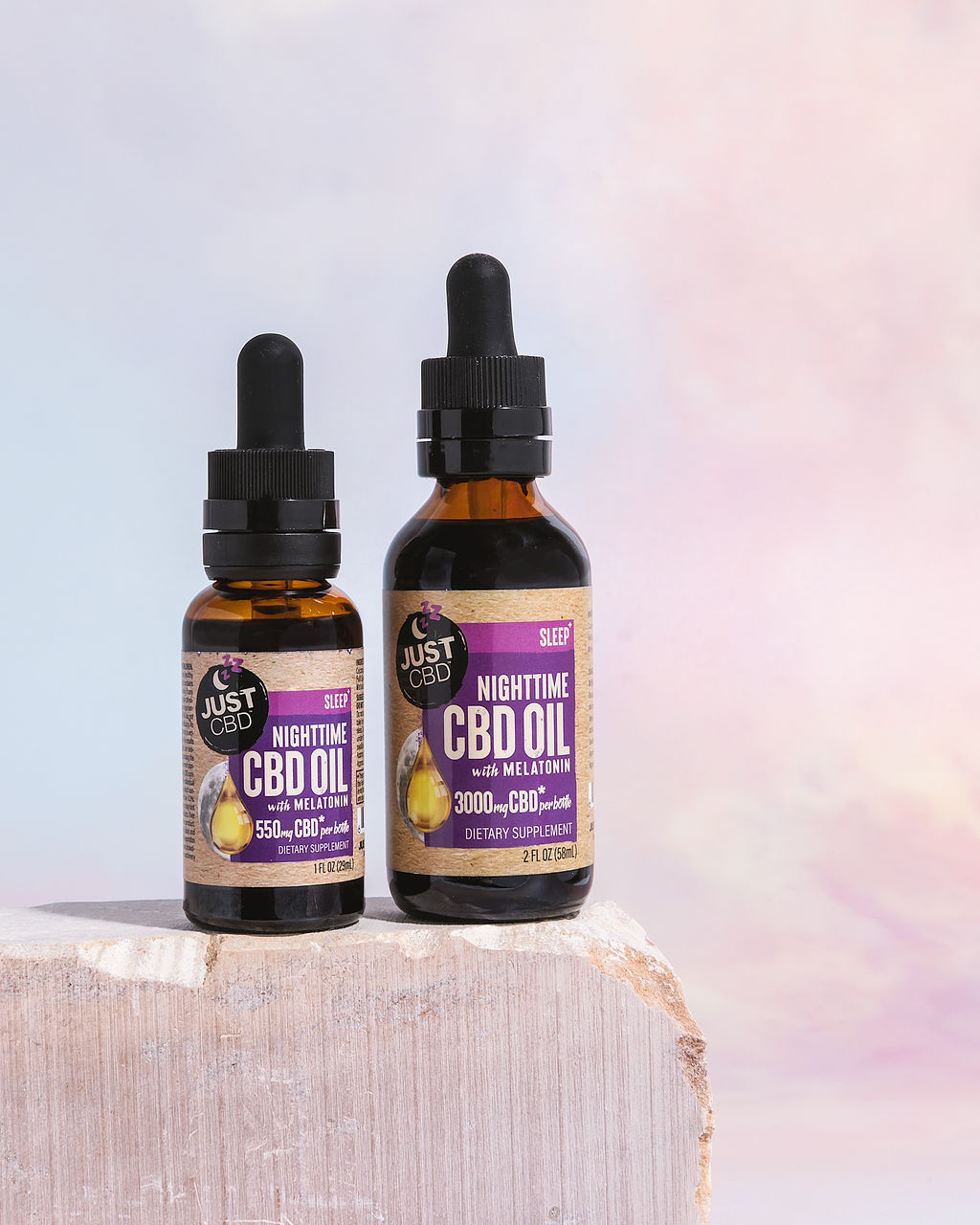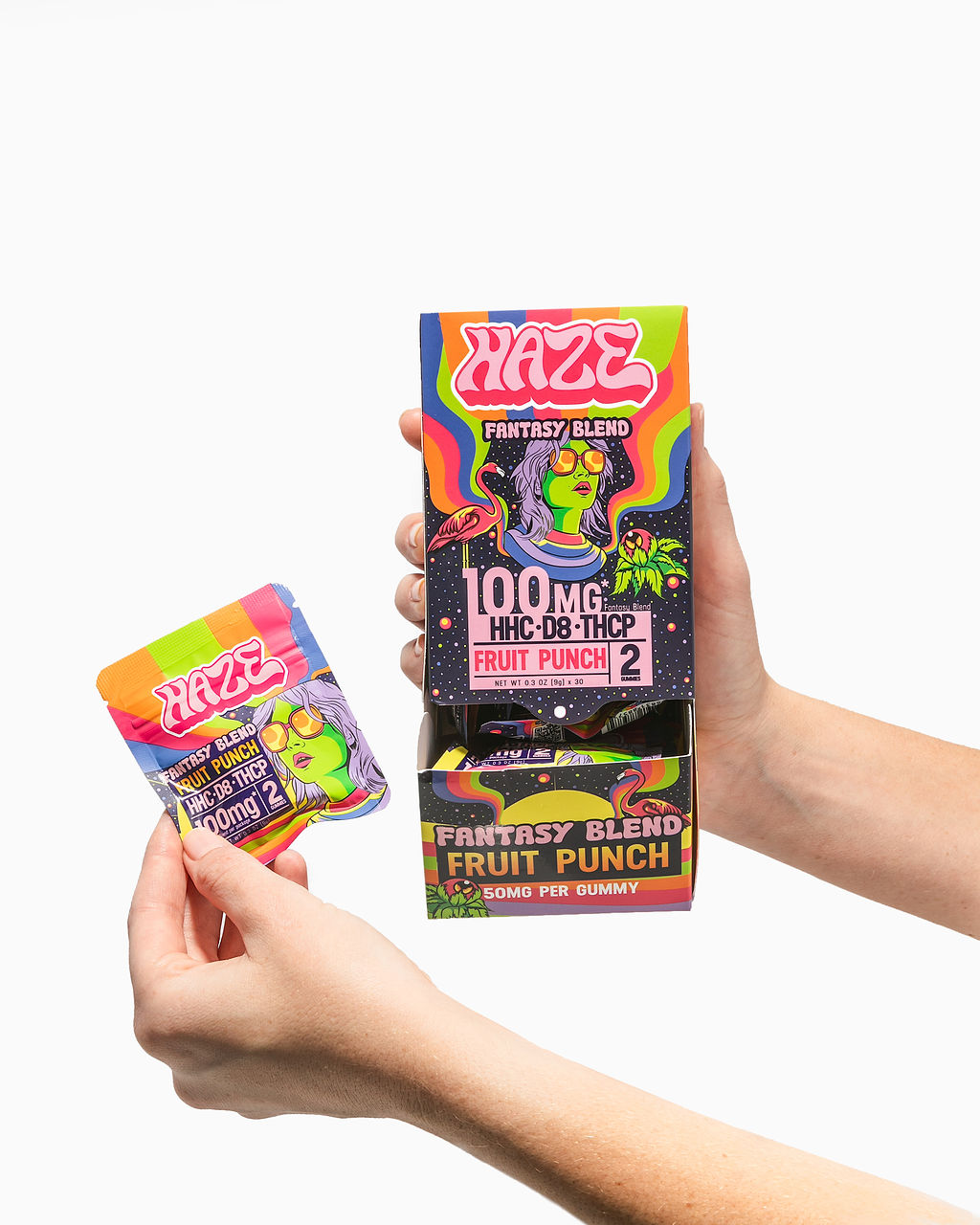Kratom’s Alkaloids
Kratom, a tropical evergreen tree native to Southeast Asia, contains various alkaloids that contribute to its psychoactive effects. These alkaloids, primarily mitragynine and 7-hydroxymitragynine, interact with opioid receptors in the brain, leading to a range of potential effects, including pain relief, euphoria, and energy boost. Understanding how these alkaloids work within the body is crucial for comprehending the mechanisms behind kratom’s purported benefits and potential risks.
Mitragynine and 7-Hydroxymitragynine
Mitragynine and 7-hydroxymitragynine are the key alkaloids responsible for kratom’s effects. Mitragynine binds to mu, delta, and kappa opioid receptors in the brain, mimicking the actions of opioids like morphine. This binding is believed to contribute to pain relief, euphoria, and sedation at higher doses. 7-hydroxymitragynine, a more potent alkaloid, also binds to these opioid receptors but with a different affinity profile. It shows stronger activity at kappa opioid receptors, which are associated with pain modulation and dysphoria.
The balance of mitragynine and 7-hydroxymitragynine in kratom products can influence the overall effects experienced. For example, strains high in 7-hydroxymitragynine may produce a more intense psychoactive experience or be associated with potential side effects like anxiety or agitation. The exact mechanisms by which these alkaloids exert their effects are still being investigated, and further research is needed to fully understand the complex interplay between kratom alkaloids and the human body.
Other Alkaloids Present in Kratom
Besides mitragynine and 7-hydroxymitragynine, other alkaloids contribute to kratom’s overall effects. These include:
- Rhynchophylline: This alkaloid has been shown to have stimulant properties and may contribute to kratom’s energy-boosting effects.
- Speciogynine: Research suggests that speciogynine might possess analgesic (pain-relieving) properties, similar to mitragynine.
- Isomitragynine: This alkaloid is structurally similar to mitragynine and may exhibit some overlapping effects, although its role in kratom’s overall effects is not fully understood.
Absorption and Distribution
Absorption and distribution are fundamental processes that govern the way a substance enters the bloodstream and reaches its target sites within the body. When consumed, kratom alkaloids begin their journey by being absorbed from the gastrointestinal tract into the bloodstream. The rate and extent of absorption can be influenced by factors such as the form of kratom taken (e.g., powder, capsule, extract), dosage, and individual physiological characteristics. Once absorbed, these alkaloids are distributed throughout the body via the circulatory system, reaching various tissues and organs, including the brain.
Oral Consumption

Kratom is metabolized by the liver into several different compounds, some of which have their own effects. Some kratom alkaloids, like mitragynine, are broken down quickly, while others persist in the body longer. This metabolism can influence the duration and intensity of kratom’s effects.
The distribution of kratom alkaloids throughout the body is influenced by factors such as:
- Blood flow: Organs and tissues with a greater blood supply will receive a higher concentration of alkaloids.
- Protein binding: Some alkaloids bind to proteins in the blood, which can affect their availability to reach target sites.
- Cellular uptake: Different cells have varying abilities to take up alkaloids, leading to differences in concentration within different tissues.
Sublingual Administration
Sublingual administration is a method of delivering medication or substances under the tongue. When kratom gold shots are administered sublingually, the alkaloids bypass the digestive system and enter the bloodstream through the mucous membranes lining the mouth. This route of administration offers faster absorption compared to oral ingestion because it avoids the first-pass metabolism that occurs in the liver.

Bypassing the liver allows a larger percentage of kratom alkaloids to reach the systemic circulation, potentially leading to a more rapid onset and possibly a stronger effect. However, the duration of action may be shorter compared to oral administration since less of the substance is metabolized and stored in the body.
Intranasal Administration
Intranasal administration involves delivering substances through the nasal cavity. This method allows for direct absorption into the bloodstream via the rich network of blood vessels lining the nasal passages. Compared to oral ingestion, intranasal administration offers faster absorption due to a shorter distance to reach the circulatory system and avoidance of first-pass metabolism.
For kratom gold shots, intranasal administration could result in a quicker onset of effects as alkaloids bypass the digestive tract and liver. However, this route might lead to a shorter duration of action compared to oral ingestion because less substance is metabolized and stored in the body.
Effects on the Brain
The effects of kratom stem from its various alkaloids, primarily mitragynine and 7-hydroxymitragynine, which interact with opioid receptors in the brain. These interactions can lead to a range of effects, including pain relief, euphoria, and increased energy.
Mu Opioid Receptors
Mu opioid receptors are a type of receptor found throughout the central nervous system. They play a crucial role in modulating pain perception, regulating mood, and influencing reward pathways. Activation of these receptors by opioids like morphine leads to analgesic (pain-relieving) effects, feelings of euphoria, and sedation.
Mitragynine, the primary alkaloid in kratom, binds to mu opioid receptors, mimicking the actions of morphine. This binding contributes to kratom’s pain-relieving and euphoric effects. The specific way mitragynine interacts with mu opioid receptors may differ from that of traditional opioids, potentially contributing to kratom’s unique effects profile.
Understanding the interaction between kratom alkaloids and mu opioid receptors is essential for comprehending the mechanisms behind kratom’s therapeutic potential and potential risks. Further research is needed to fully elucidate this complex interplay.

Dopamine and Serotonin Systems
Kratom’s effects are primarily mediated through its interaction with various neurotransmitter systems in the brain, notably dopamine and serotonin pathways.
- Dopamine: Mitragynine, a key alkaloid in kratom, is believed to increase dopamine levels in the brain. Dopamine is associated with pleasure, reward, and motivation. Increased dopamine activity can contribute to kratom’s euphoric effects.
- Serotonin: Kratom alkaloids may also influence serotonin neurotransmission, although the exact mechanisms are not fully understood. Serotonin plays a role in regulating mood, sleep, appetite, and other physiological processes. Modulation of serotonin levels by kratom could contribute to its potential anxiolytic (anxiety-reducing) or sedative effects.
Glutamate Modulation
Glutamate is the primary excitatory neurotransmitter in the central nervous system. It plays a crucial role in various cognitive functions, including learning, memory, and synaptic plasticity. Kratom alkaloids have been shown to modulate glutamate activity, potentially contributing to some of kratom’s effects. The precise mechanisms underlying this modulation are complex and still under investigation.
Some studies suggest that kratom alkaloids may inhibit NMDA receptors, a subtype of glutamate receptors. NMDA receptor antagonism can reduce neuronal excitability and has been linked to analgesic (pain-relieving) and sedative effects. However, the extent and specific implications of NMDA receptor modulation by kratom alkaloids require further research.
Kratom may also influence glutamate release or uptake, potentially impacting overall glutamate levels in certain brain regions. These alterations in glutamate signaling could contribute to kratom’s potential effects on mood, cognition, and motor function.
Metabolism and Excretion
Metabolism is the body’s process of breaking down nutrients from food into energy and building blocks for cells. Excretion is the removal of waste products generated during metabolism.
Liver Metabolism
The liver plays a central role in metabolism, processing nutrients, synthesizing proteins, and detoxifying harmful substances. It also plays a key role in excretion by filtering blood and removing waste products for elimination from the body.
When kratom is ingested, its alkaloids are absorbed into the bloodstream and transported to the liver. The liver metabolizes these alkaloids into various compounds, some of which have their own pharmacological effects. This process can alter the duration and intensity of kratom’s effects.
After metabolism, waste products derived from kratom alkaloids are excreted from the body primarily through urine and feces.
Excretion through Urine and Feces**
Metabolism is the complex set of chemical processes that occur within an organism to maintain life. It involves breaking down nutrients from food into usable energy and building blocks for cells. Excretion is the process of removing waste products generated during metabolism. These waste products can be toxic if they build up in the body.
The kidneys are the primary organs responsible for excretion through urine. They filter waste products from the blood and produce urine, which is then eliminated from the body. The liver also plays a role in excretion by processing waste products and preparing them for elimination through bile, which is ultimately excreted in feces.
Feces contain undigested food, dead cells, bacteria, and other waste products that are eliminated from the digestive system.
Shop for Kratom Gold Shots at Just Kratom Store
- Is Brow Lift Treatment Suitable For Older Clients In The UK - September 15, 2025
- CBD Gummy Sweets For Stress Relief How Do They Work - September 15, 2025
- Bum Filler Injections In Mitcham Surrey - September 13, 2025
